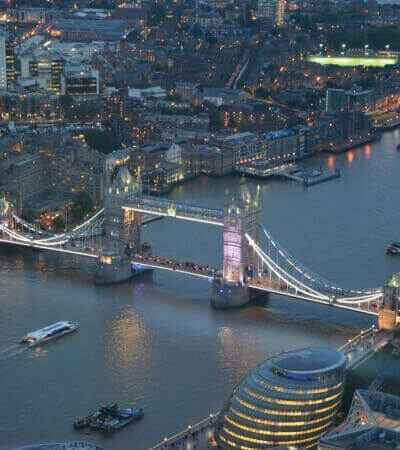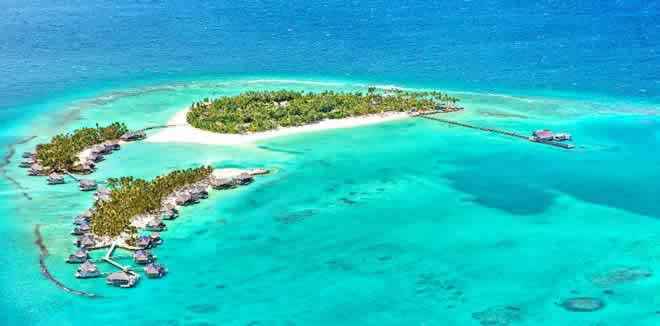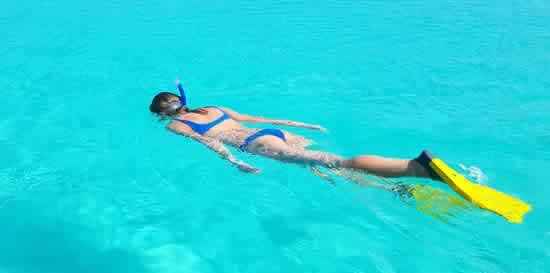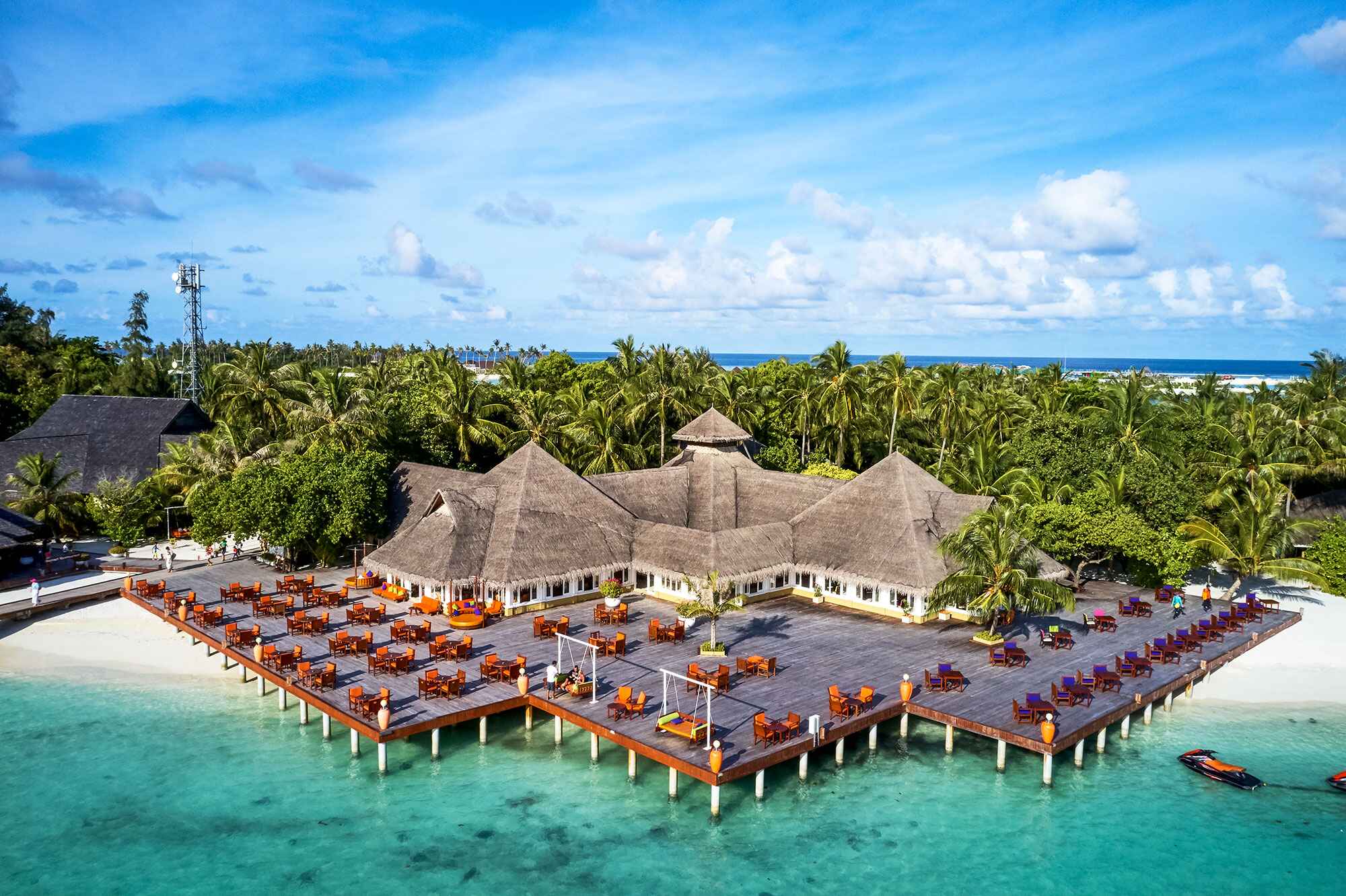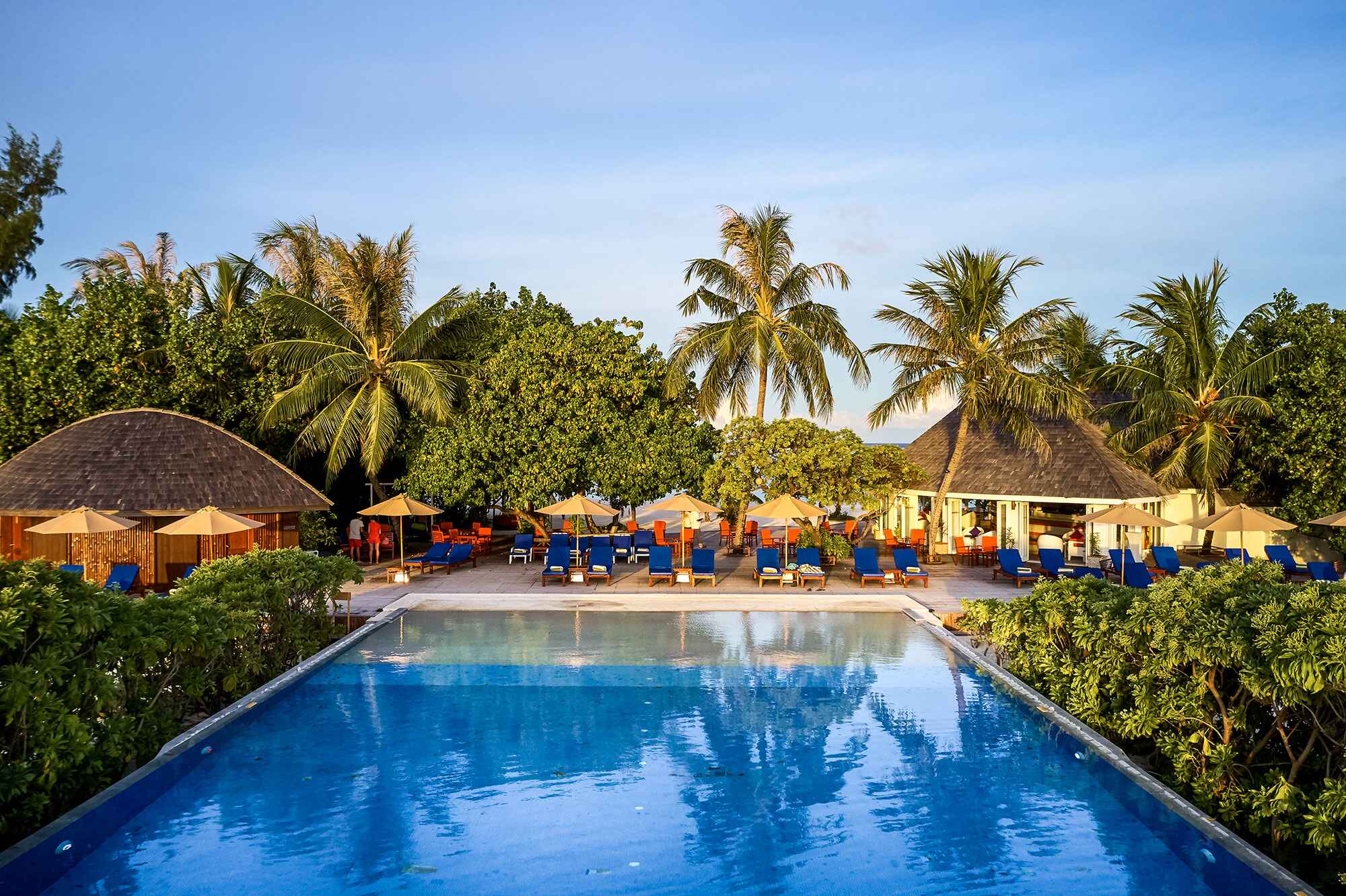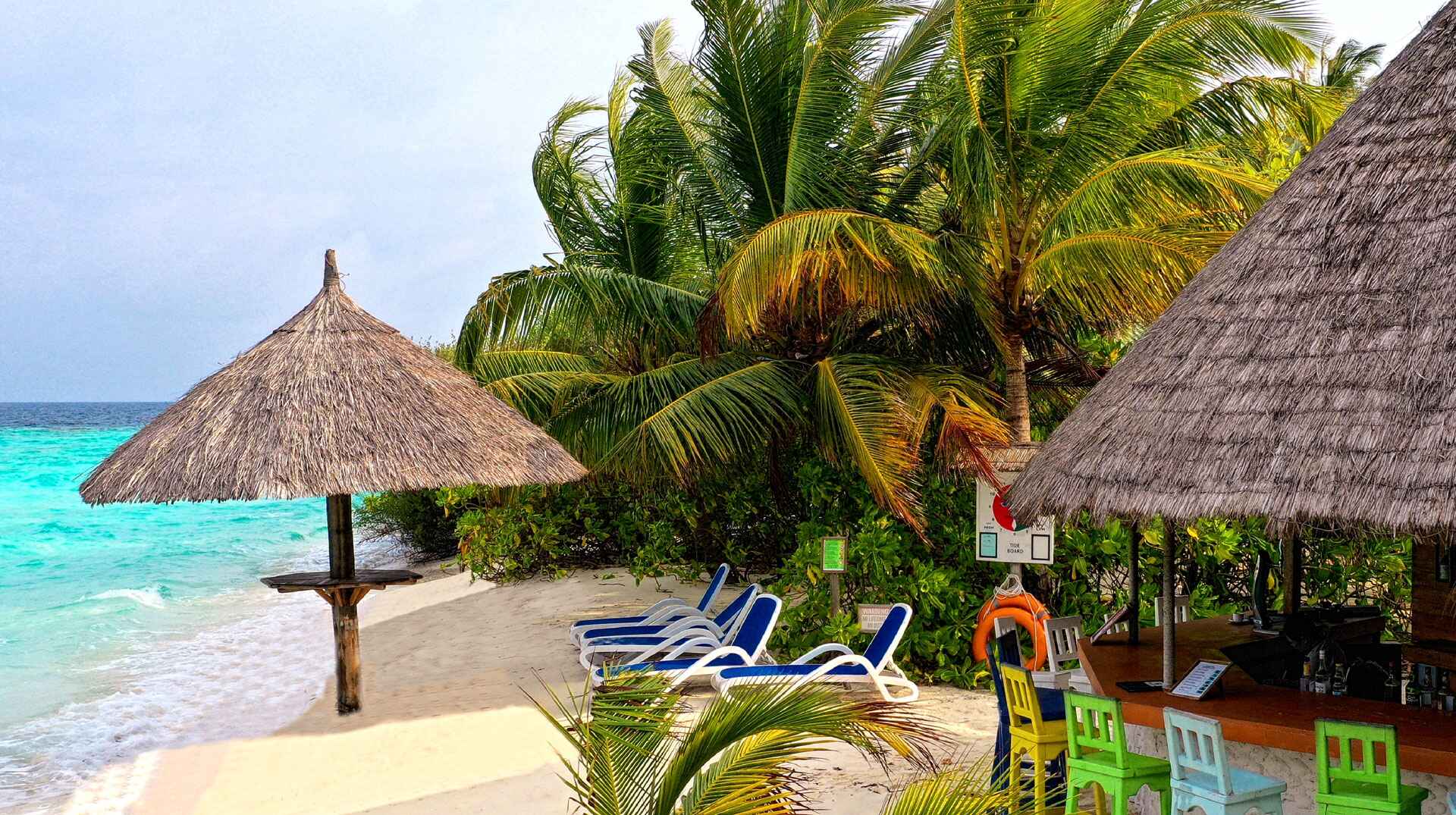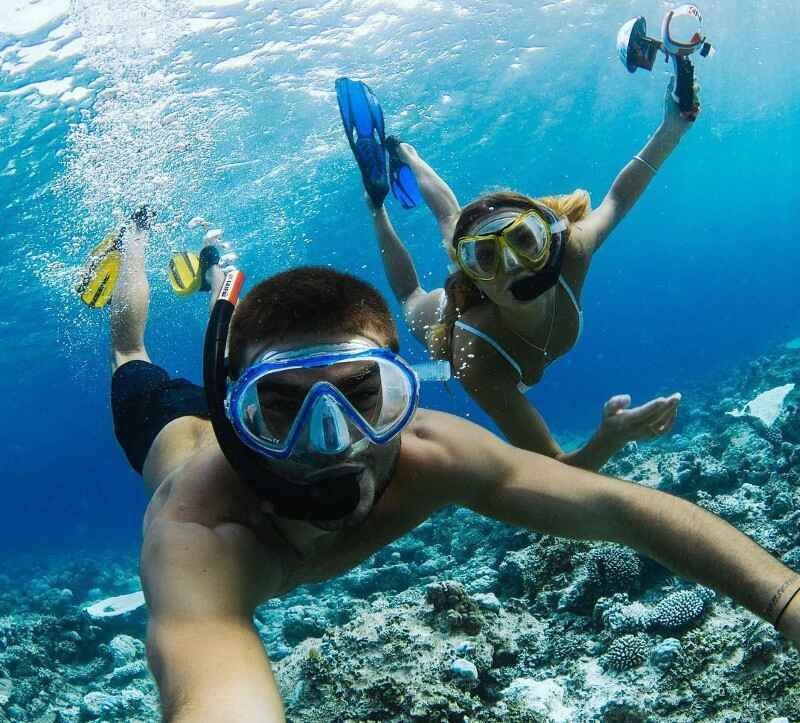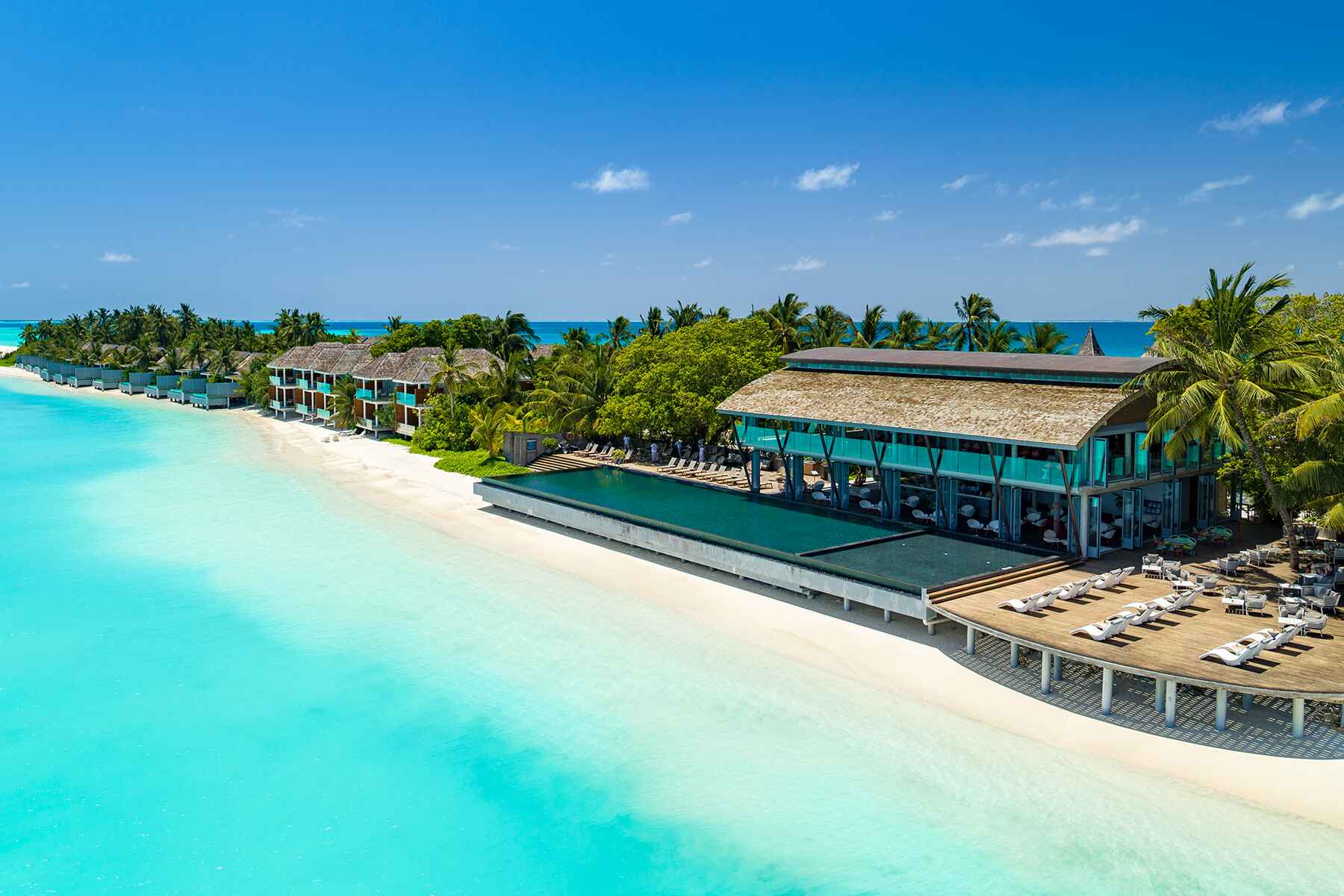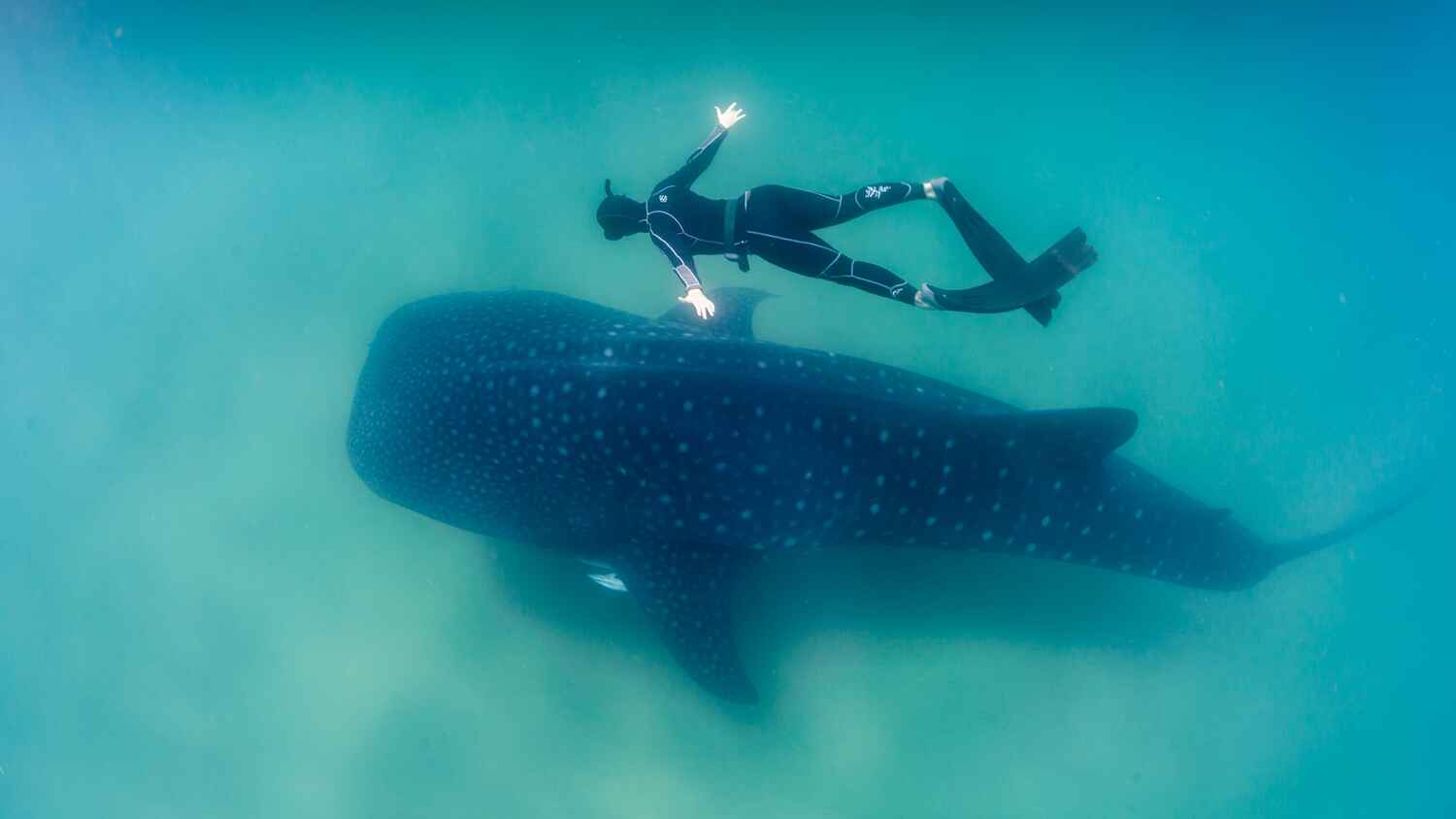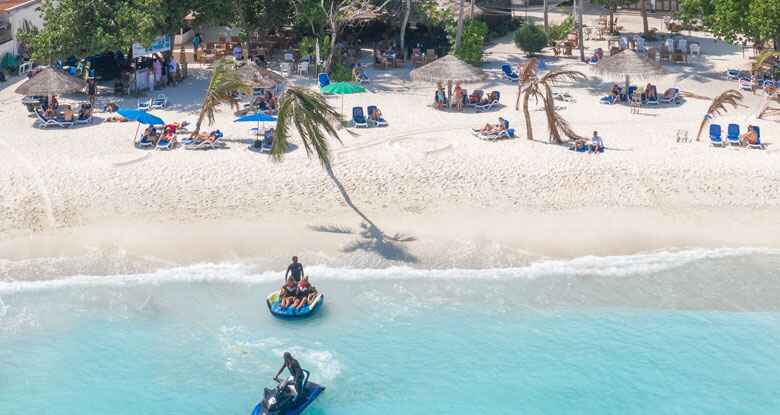

Capital of World Diving
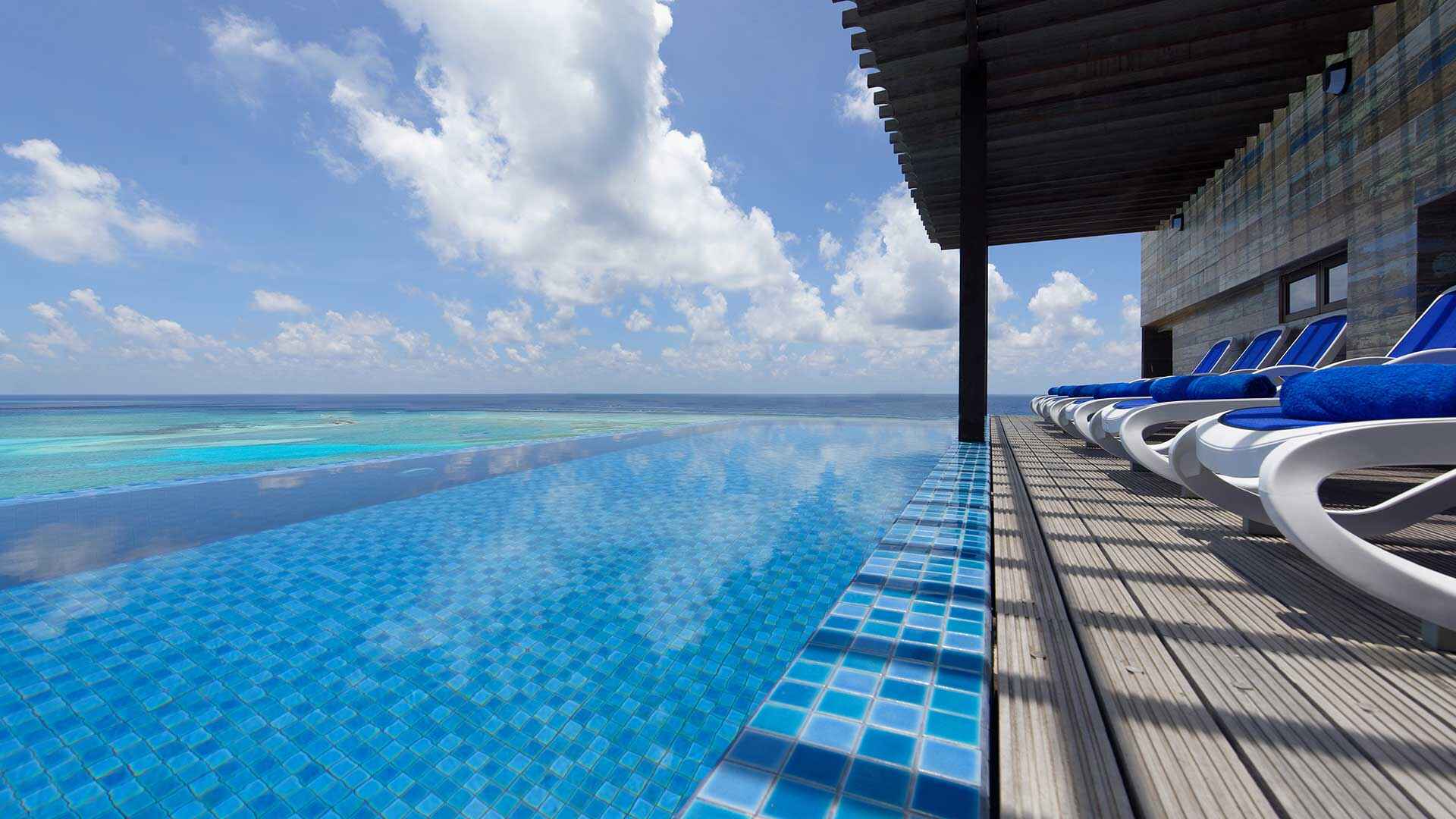
Most makes a plunge the Maldives are float jumping from boats where you permit the current to push you ahead. In light of the endless channels and sections between atolls, ocean flows surge and play between the chains of islands with the goal that the supplements are consistently moving. This clarifies the presence in the waters encompassing the Maldives archipelago of countless fish appreciating a plenitude of food, and you can discover submerged Napoleon Vrasse, skar fish, snappers, groupers and sweet lips at each jump site where there is momentum. In certain zones there are extremely solid flows when one can undoubtedly isolate from the gathering. On the off chance that you hit a solid ebb and flow, swim through it to quiet water - however not against it.
In the Maldivian channels (kandu), you can investigate the house reefs, caverns, thilas and overhangs where delicate corals develop, encompassed by a mob of beautiful wipes, nudibranches and gorgonians - everything is made by supplement rich ocean water. There are additionally a great deal of cleaning stations, where wrasse and shrimp administration serve huge marine species, for example, whale sharks and manta beams.
Inside the atoll's tidal ponds you will frequently detect a submerged islands that develop nearly to the ocean level. They are known by the name 'thila' and - frequently adorned with inactive living things. A photographic artist's fantasy, these arrangements raise water from the sea depths along their dividers, offering food to wipes and delicate corals that stick to all sides, establishing a climate that upholds numerous scavangers and schools of coral fish.
Somewhat away from the reefs, you will discover continuous guests to the Maldives, including manta beams, birds and an assortment of sharks, including the ground-breaking whale sharks. Wherever you look, there will be something fascinating and a various reefs are where the most amazing aspect the submerged show happens. Clear water, splendidly lit by the sun, is loaded up with the round of many fish, establishing an ideal climate for both submerged photographic artists and enthusiastic jumpers.
In 1998, the el-nino adversely affected a few, more modest regions of coral reefs, fading pink and red corals. By the by, the reefs are getting back to their previous beautiful magnificence, and the incredible marine existence of the Maldives has never been depleted, and to be sure many have accepted that in the course of recent many years, the quantity of marine life has expanded altogether, at any rate partially, because of the making of marine stores.
Where to Dive In Maldives
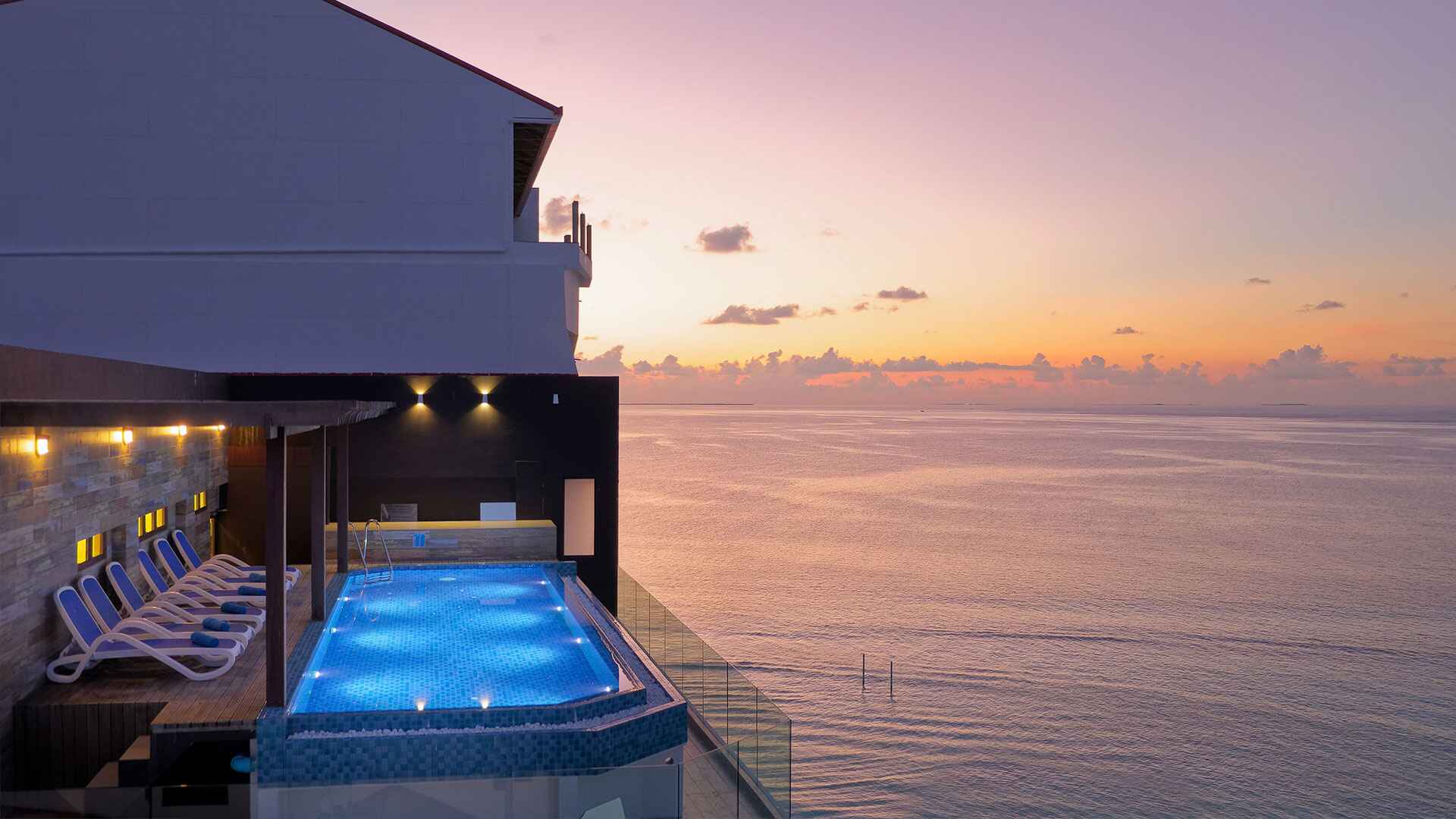
Maldives jumping is for all experience levels as a result of the assorted idea of plunge destinations in the Maldives. Make certain to pick the correct island. Less experienced jumpers can appreciate the more protected reefs found away from quick streaming ebbs and flows. The more experienced jumpers can appreciate probably the best float makes a plunge the world.
The best channels for jumping with reef sharks are in the atolls: Lhaviyani, North and South Male, Vaavu, Meemu, Laamu and Gaafu (likely the best). Somewhere else in the Maldives the channels are excessively profound for plunging.
The best destinations for impacts with whale sharks are Ari Atoll, and in the atolls of Gaafu and Thaa situated in the south. For investigating manta beams, the best areas are Ari, Addu, North Male, Haa Alifu and Haa Daalu, just as the UNESCO Biosphere Reserve Baa Atoll and Hanifaru Bay. On the off chance that you are keen on a hammerhead shark, plan on visiting Rasdu Atoll, found north of Ari, or Fotteyo Kandu in Vaavu Atoll. Sledges and tiger sharks live lasting through the year close by Fufahmulah island.
Ari Atoll. Notwithstanding the way that there are many plunge locales on Maldives where you can see pelagic species and enormous schools of fish, Ari Atoll is the most dependable spot. The atoll's waters regularly draw in monster fish, including whale sharks, manta beams, hammerhead sharks and falcons, just as enormous inhabitants like Napoleon Wrasse, dark and white-tip reef sharks, dark followed barracudas and bat fish. This available atoll is the ideal decision for jumpers visiting the island country.
North Male Atoll. With simple access from Male this gathering of islands has become a pioneer make a plunge the nation, truly intriguing, and incorporates the absolute most established and most well known jump destinations in the Maldives. Hope to see the stunning submerged geology with radiant thilas, various caverns, falling steep dividers and astounding shades. The marine existence of coral reefs in North Male is sharks, manta beams, trevally, dark sharpshooters, grouper, flag fish schools, huge moray eels, squirrel fish, fusiliers and significantly more. Plunging doesn't beat that.
With sublime plunging for fledglings and progressed levels, Vaavu situated in the southern atolls has profound channels with quick flows, liberally loaded up with supplements. Whenever of the year you will discover here reef and different sorts of sharks, including an intermittent hammerhead shark. The atoll's territory is known to Fotteyo Kandu considered by numerous individuals to be the best plunge site in the Maldives because of the beautiful caverns, thilas and overhangs. Notwithstanding sharks, you can spot fish, trevally, unicornfish, snappers, trigger fish, bird beams, mantas, goliath groupers and an energetic corals.
The most famous jump locales in Ari Atoll: Warren Thila, Shark Thila, Diguru Guri, Broken Rock, Gangehi Kandu, Hukrueli Faru, Kudarah Thila, Maalhos Thila, Maaya Thila, Mushi Mas Mingili Thila, Kalhahandi Kandu.
The most well known jump locales in North Male Atoll: Banana Reef, Kuda Haa, Lion's Head, Girifushi Thila, Middle point, Nasimo Thila, Rasfari reef, Maldives Victory.
The most mainstream plunge locales in South Male Atoll: Cocoa Thila, Guraidhoo Kandu South, Kandooma Thila, Medhu Faru, Vadhoo Caves, Kuda Giri Wreck, Embudhoo Kandu.
Liveaboards in the Maldives
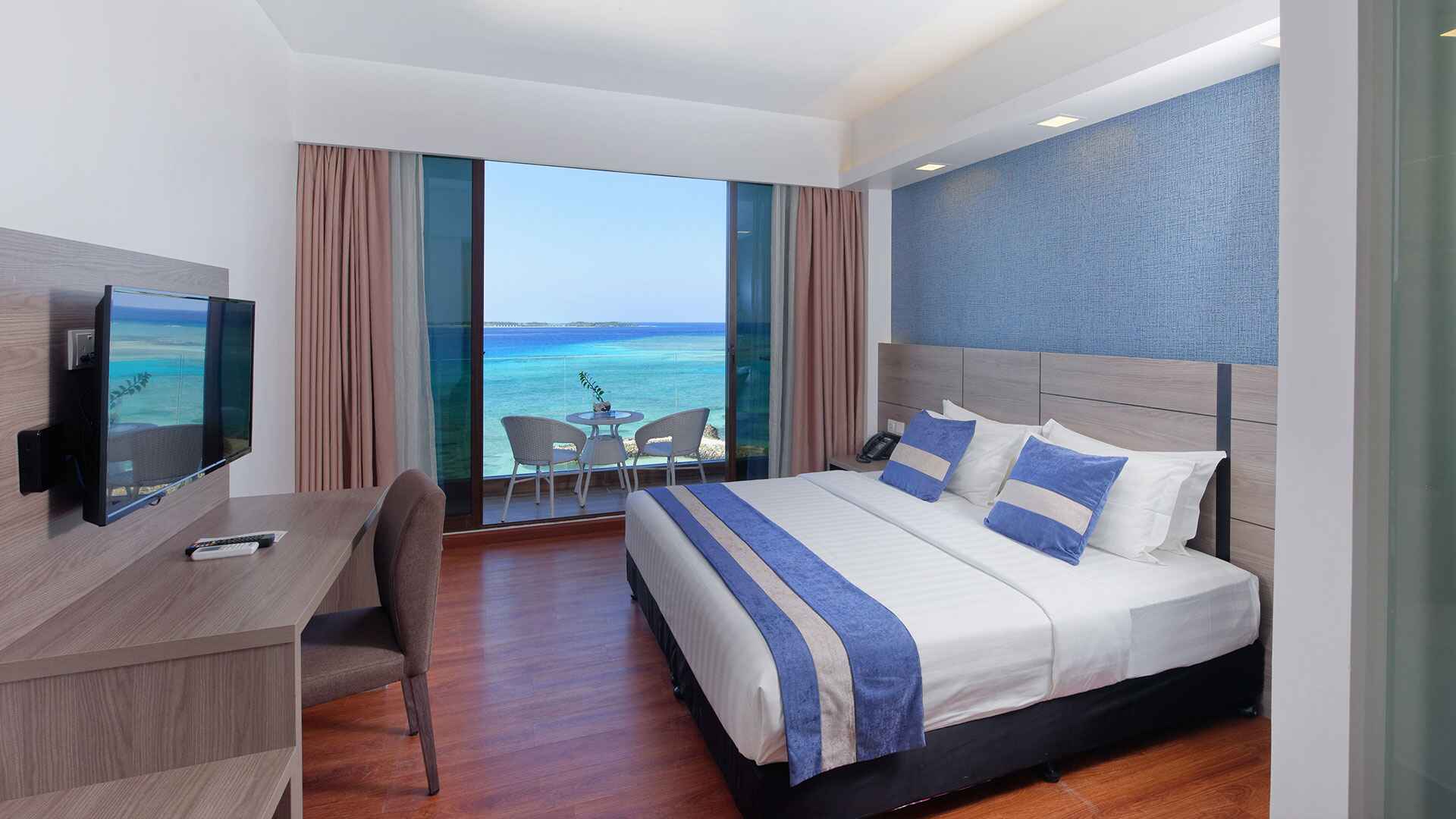
When in doubt of thumb, the northern locales of the Maldives will in general have better reefs and a superior large scale life, while the southern districts draw in more sharks. Since the islands are dispersed over an immense region, and the best jumping is inside and outside the tidal ponds of the atolls, and in the channels between, the most ideal approach to see the vast majority of the marine existence of the Maldives archipelago is liveaboard plunging.
A few hotels have great house reefs and plunge locales around, yet on the off chance that you need greater variety and assortment of destinations - Dive Safari would be the most ideal choice to investigate the Maldives.
The Dive Safari trip thought permits you to go through seven days on a liveaboard and a couple of evenings at a retreat, unwinding on the sea shore in the daylight or keep plunging on the off chance that you like. Kindly note that plunging safaris in the Maldives are exceptionally well known, and in the event that you need to go along with one of these travels and keep away from dissatisfaction, cause a starter reservation at any rate a half year before you to show up in the Maldives.
Best Time to Go
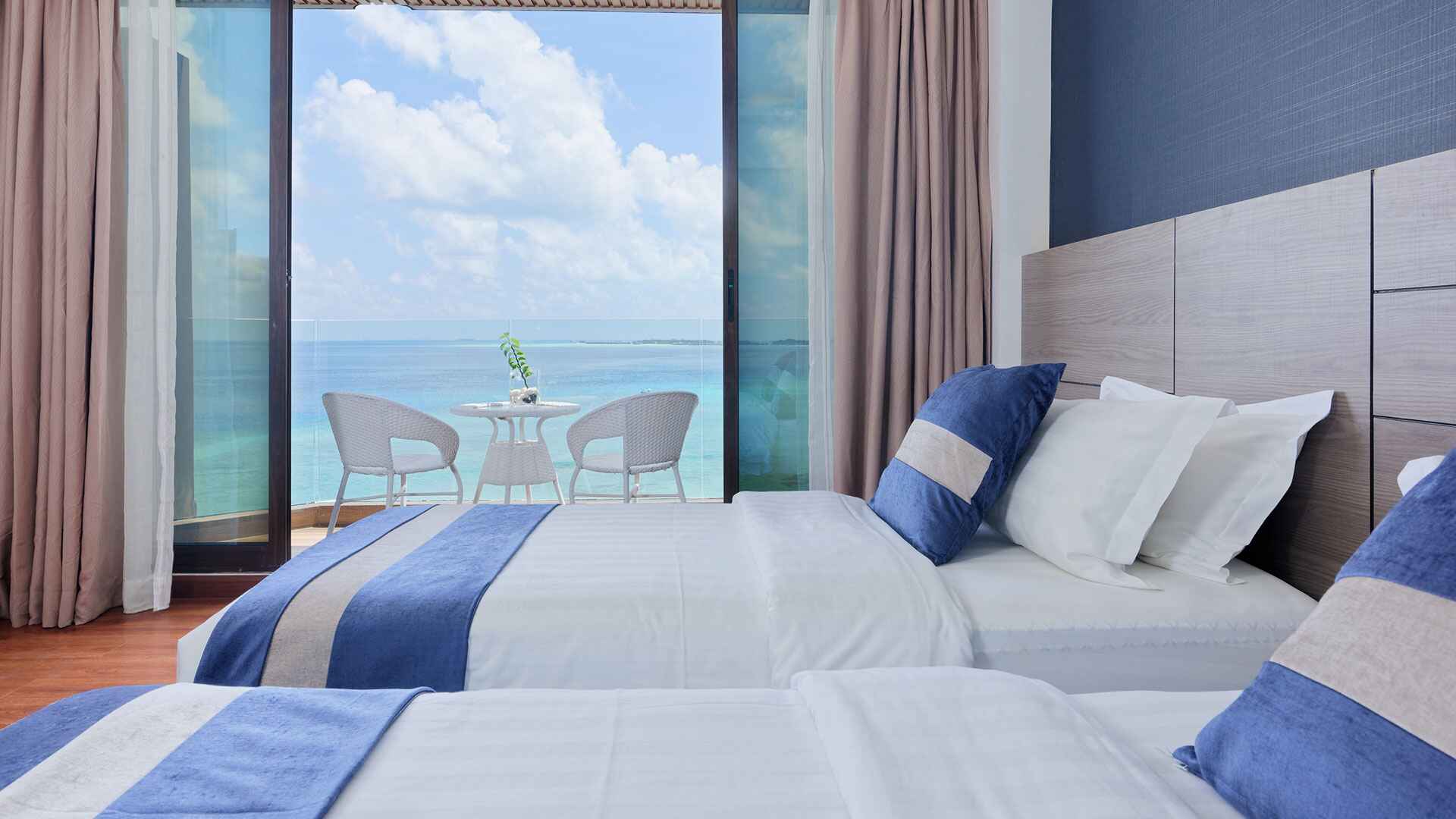
Making a plunge the Maldives is open consistently, yet the suggested a very long time for liveaboards are from November to May. On the off chance that you wish to show up at some other point, it could be more hard to track down a flight date that will fulfill your desires.
The upper east rainstorm comes from the Maldives from late December to May. Right now there is a cloudless sky and the sea surface is at level like a glass. Submerged perceivability on the east side of the atolls arrives at 20-30m, and 15-20m on the west side. The eastern atolls for the most part have better perceivability, which typically increments altogether during the high season.
This is on the grounds that flows move through the atoll's channels from east to west. Reef sharks accumulate in enormous numbers at the passageways to the channels on the east side of the atolls; while mantas is attracted toward the western edges, considering the way that as of now tiny fish streams out from the shadows sea, toward the west. The high season in the Maldives is known for exceptionally solid flows.
From June to November, the southwest rainstorm comes, and the previously mentioned measure totally changes, and sea flows adhering to the procedures leave toward the east; manta beams and sharks are additionally traded.
During this season, the skies are more overcast, the breezes are more grounded and the ocean is anxious, albeit the season actually brings great, radiant days. Surface lumps can arrive at 1-2m, particularly during the stormy season in June/July, when hefty rains last 3-4 hours every day, and during rainstorm intersections toward the finish of May and early December.
The normal water temperature is genuinely consistent consistently, at around 26-29 ° C except for the far south, where it can drop to 24 ° C during the upper east rainstorm.
Given the abovementioned, I might want to add that, as most places on the planet, the environment in the Maldives has gotten less unsurprising lately.
Mantas, whale sharks, turtles, reef sharks and hammerhead sharks live in the Maldives throughout the entire year; Manta beams gather in huge groups during the southwest rainstorm. From August to November is the best an ideal opportunity to see manta beams. Concerning other pelagics, impacts rely upon non-occasional variables: whale sharks are all the more frequently discovered during solid tides, while hammerhead sharks ascend from the profundities in shallow water at the crack of dawn.
The special case for this is Hanifaru Bay, typically among August and November, when many mantas and whale sharks assemble on the eastern side of the Baa Atoll, where tremendous tiny fish fields amass. The zone has been announced a marine hold and the guidelines just permit synchronous plunging for gatherings of up to 60 individuals.







